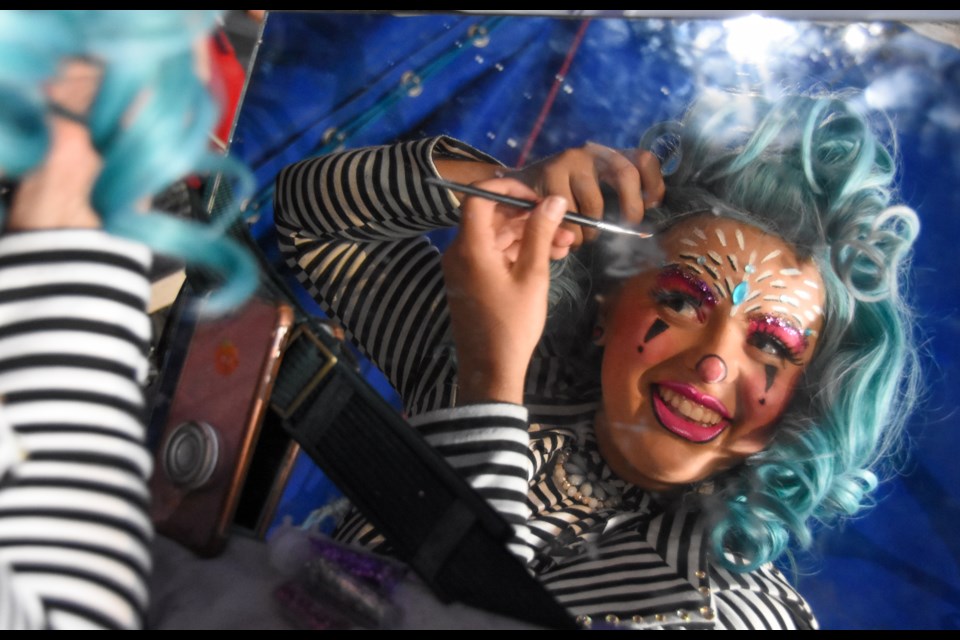All last weekend, lines curled around the circus tent perched in the northeast corner of Coquitlam Centre — kids wide-eyed, munching on popcorn and eventually battling next to the stage with their flickering LED swords.
The tent — stretched taught and bursting with purple crests, spots and curls — has left. In its place, the dull hue of apartment buildings surround the empty lot.
Coquitlam was Circo Osorio’s first stop on its Canadian tour and, as it heads up valley to delight other families across B.C. and Alberta, it left a question: Where did this circus come from?
As the crowd gathered this weekend, Roberto Osorio greeted spectators outside the ticket gate. Sporting a red tailcoat with gold epaulettes, he’s one of twelve Osorio siblings from two circus mothers.
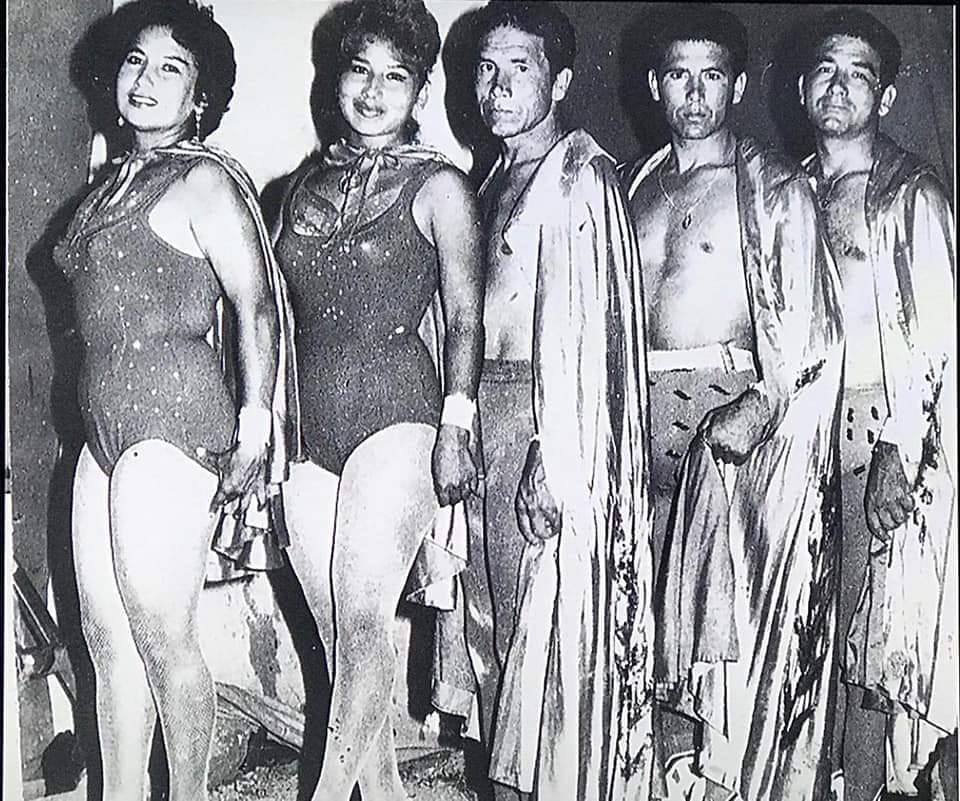
He's also the circus host — the Ringmaster — and when asked how it all got started, he jumps back through three generations.
From the early 1800s, when Osorio’s great-grandfather first ran away to the circus, the Osorios were a family of hand acrobats, bodies flipping over bodies to start with, and eventually moving on to uneven bars — a prelude to the trapeze — by the 1920s.
“They would do it 20, 30 feet high in the air,” Osorio said backstage as the performers put on makeup and warmed up for the show. “You would be able to tell who did the even bars because there would be so much pressure that they walked with their hands always curled up.”
In 1927, Osorio’s grandfather got in a fight with the circus owner, left the troupe and started his own circus. Circo Osorio was born in a small school somewhere in the state of Michoacán. As family lore has it, those early decades consisted of loops around the central Mexico. From the Tierra Caliente Valley in the west to Mexico City, the family would plod from town to city, hauling their circus act in horse-drawn carriages.
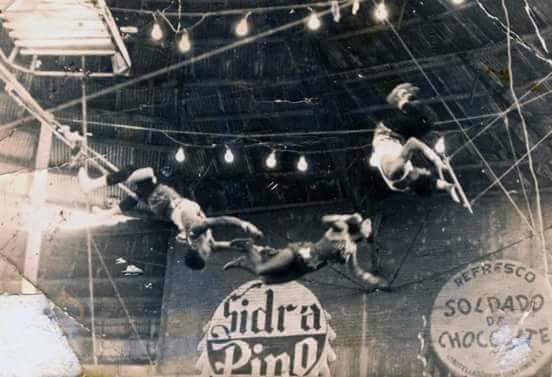
Those years were hard times. In 1945, the circus travelled to the northern city of Monterrey, setting up in the lee of a mountain. When a storm came in, the rain was so ferocious that it triggered mud slides and buried the circus tent.
“All [my grandfather] could pull out were the ropes. The whole circus got lost in that storm,” Osorio told The Tri-City News.
In the nearly 75 years since, Circo Osorio has transformed from a fringe Mexican circus act into an international spectacle performing across North America.
Three Osorio siblings own the circus these days: Roberto, Leoncio and Francisco.
Gone are the animals that defined the circuses of the early 20th century. Today, Circo Osorio blends the family's traditional showmanship with the daring creativity made famous by modern circuses like Cirque du Soleil, which started in Quebec.
The now international troupe includes a team of Belorussian flying strongmen (The Triple Eagles), an Argentine trapeze artist and a Chilean clown. But even after five years performing in Las Vegas — a city that has become the home-base of circus performers from across North America — the Osorios also take care to pay tribute to their Mexican roots, an effort evidenced by the acts of Mexican sombrero juggler Eduardo Garcia and the laser-manipulating Eduardo the Lazerman.
“It’s a little bit of the traditional circus, the popcorn, the cotton candy, all that good stuff, [and then] we bring our Hispanic roots into it. It’s a concert,” said Osorio. “[In Mexico] the difference between fighting and a party is not very much… You get in there and it’s a party.”
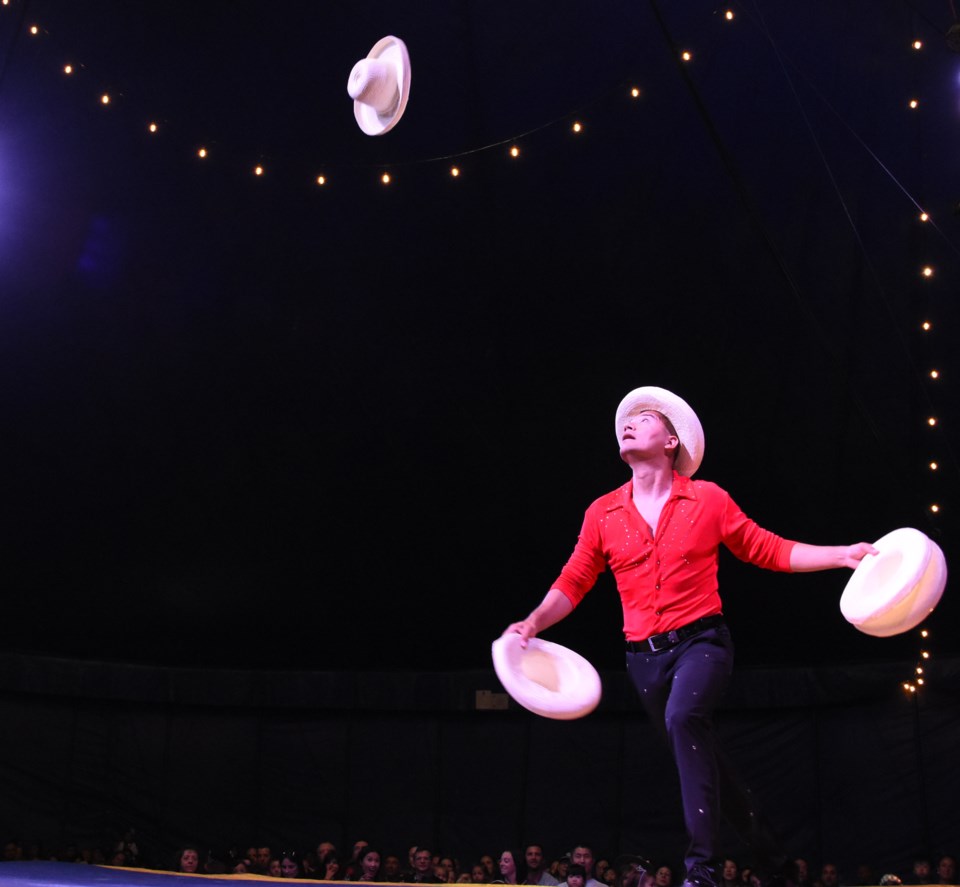
For the Osorios, Canada has been on the road map since the brothers fell in love with the country on a travelling circus trip to the Maritimes as kids. “We always made a pact between all three of us, if we ever open up a circus, we’re going to take it to Canada.”
Every year, they add more Canadian venues to the list. This year, they will visit another nine locations across B.C., and if everything goes right, spend three months north of the 49th parallel.
As the circus has expanded, the Osorios have increasingly taken on a backstage role. Roberto and his brothers did their last high-wire act about 20 years ago. When, over the intervening years, he got the bug to perform again, his two brothers were busy with paperwork and promoting the show.
“[So] I said, ‘What the heck?’ I’ll try magic,' ” said Osorio.
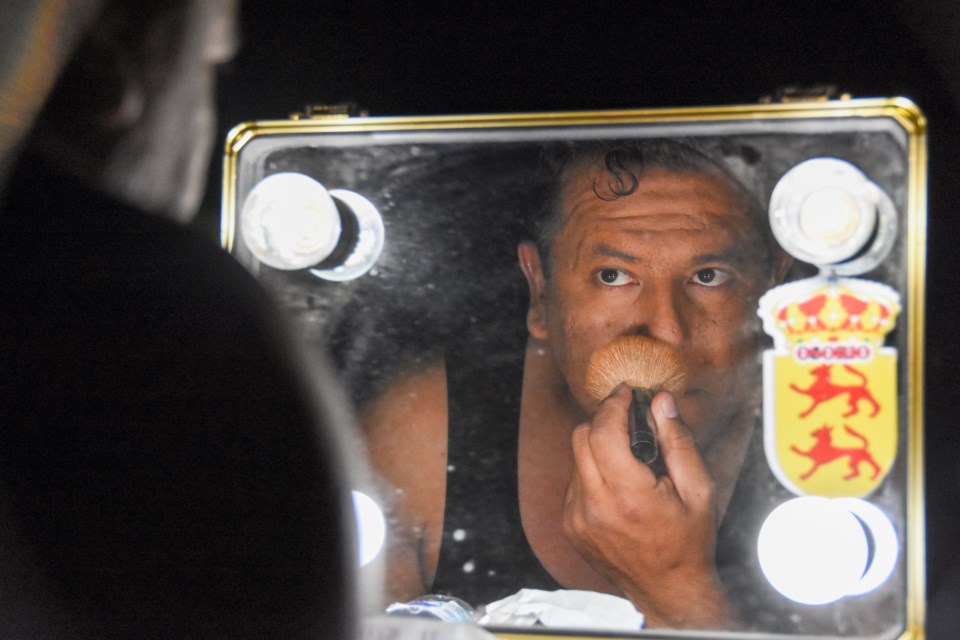
A decade later, he doubles as an illusionist on stage.
But get a glimpse behind the curtain and you’ll find everyone is performing double duty: The clowns sell toys and snacks, sound and light engineers are the performers in between routines, and when two big semi-trucks rolled in late last week to set up in the northeast parking lot of Coquitlam Centre, everyone pitched in.
“We start at 7 a.m. non-stop, with 20-minute breaks for breakfast and lunch, and we’ll finish around 5, 6 o’clock in the afternoon,” said Osorio. “The girls do the chairs, the lights. I go on top and sew the tent together. Everybody has to pitch in one way or the other.”
And while the Osorio tent has expanded to a host of new talent, the core of the circus is still there.
“The girls who sell the tickets are my niece, the one that books the talent is my brother,” said Osorio. “It’s basically pure family.”
